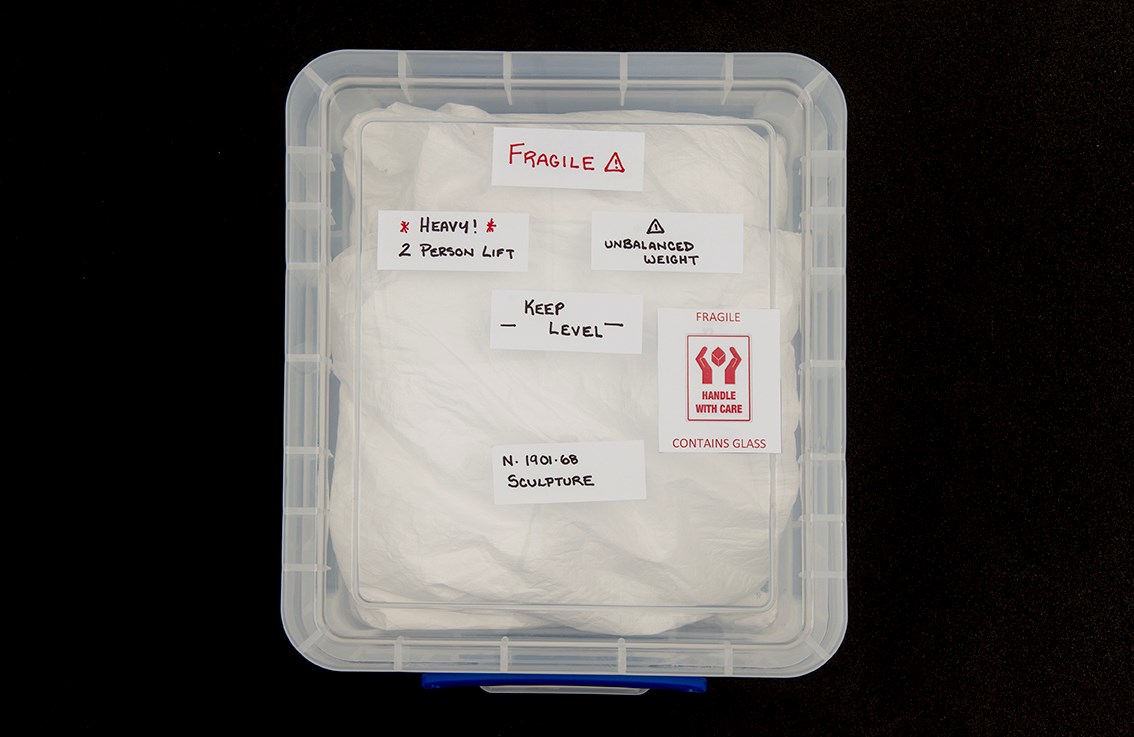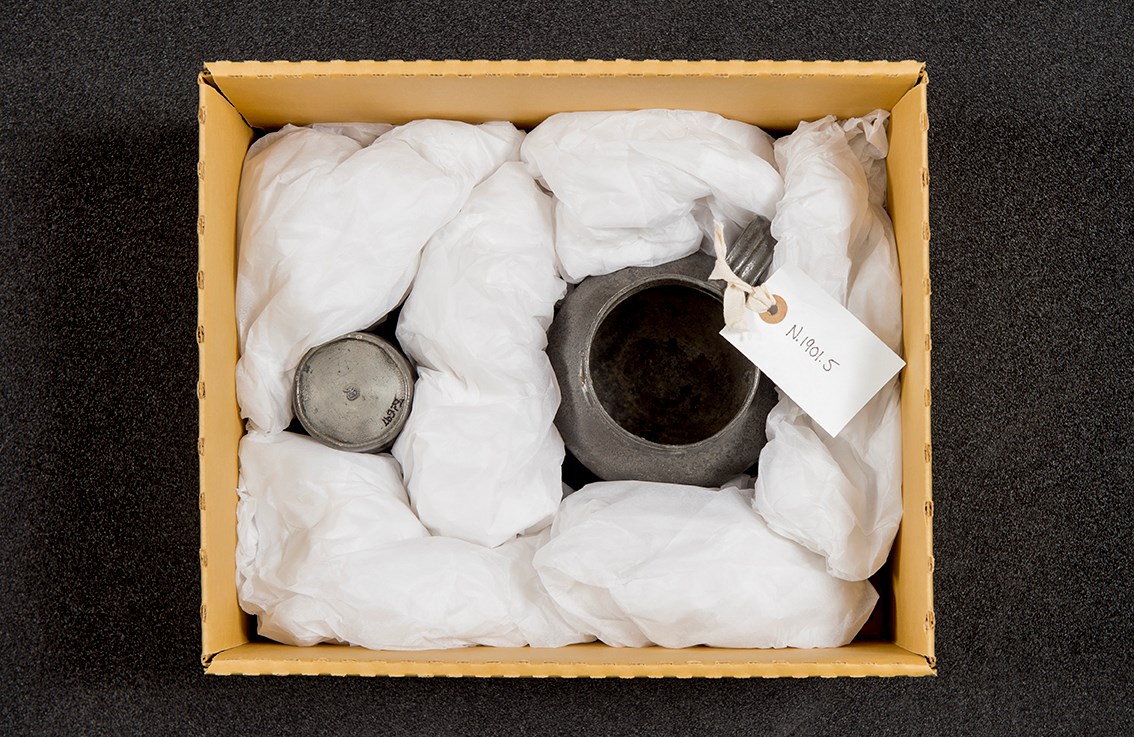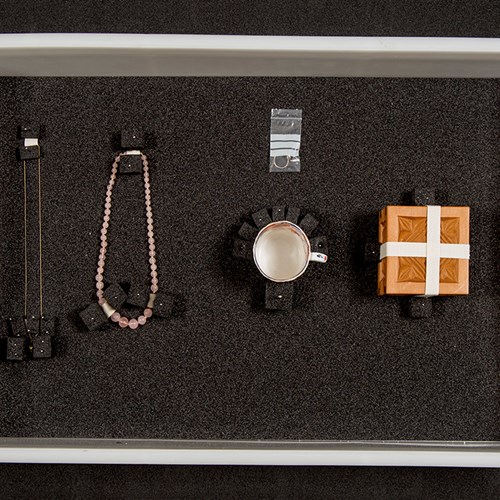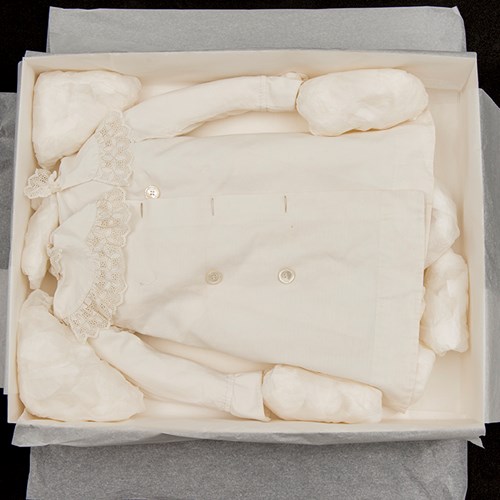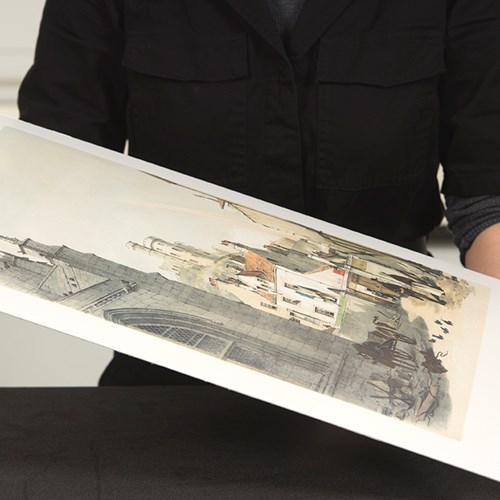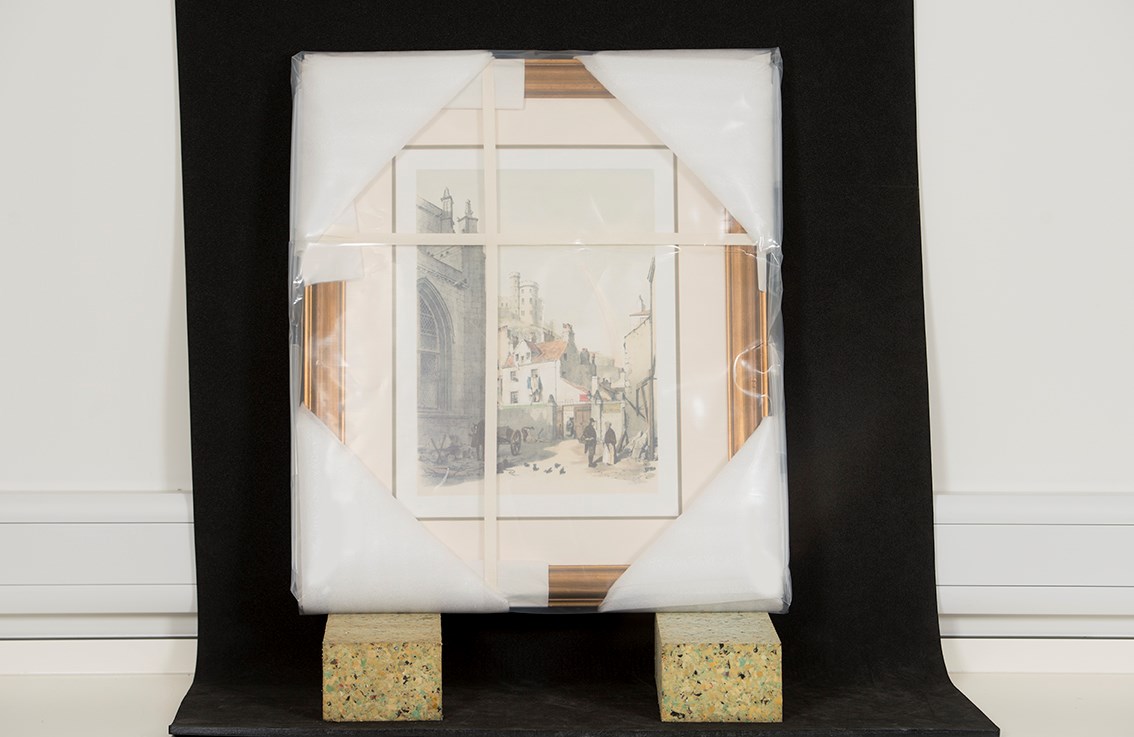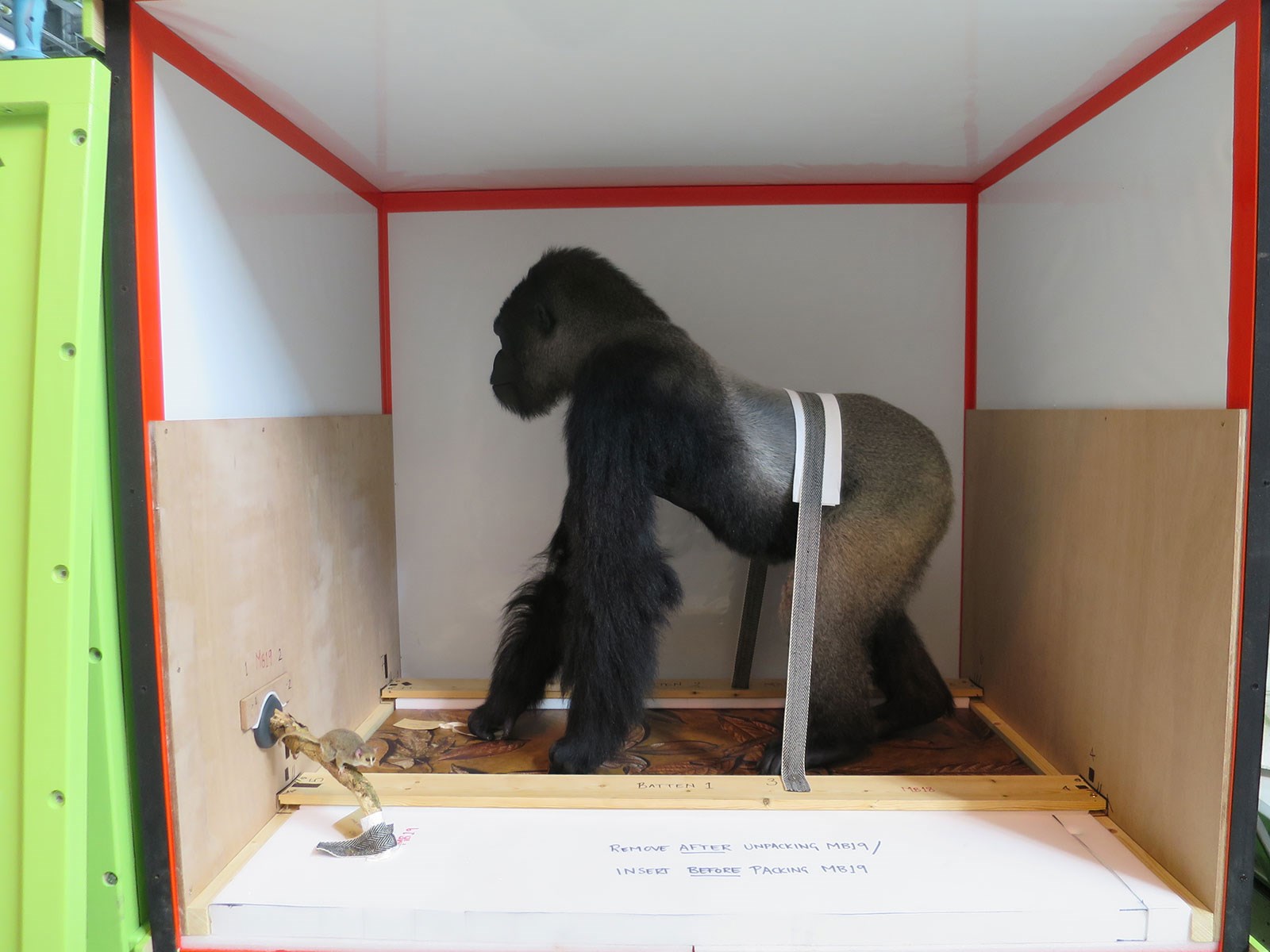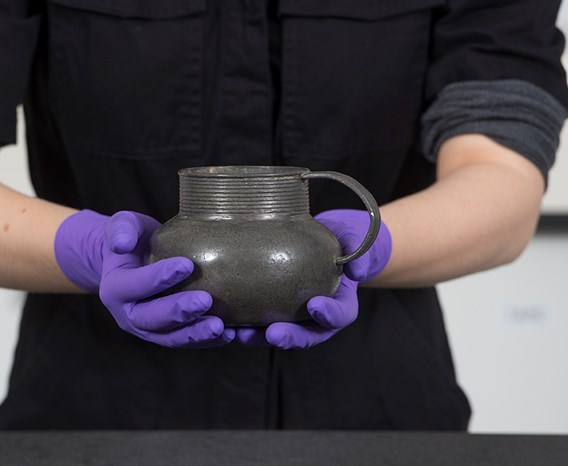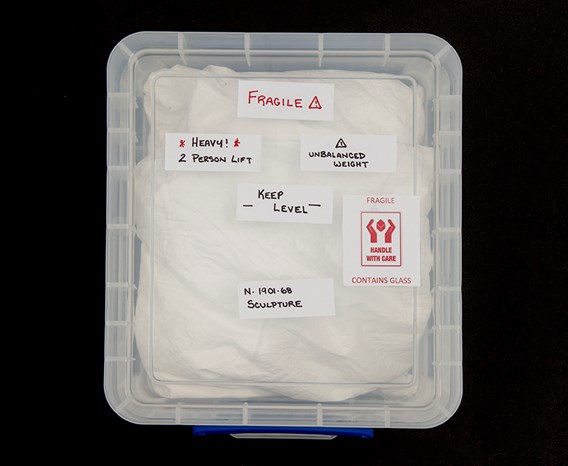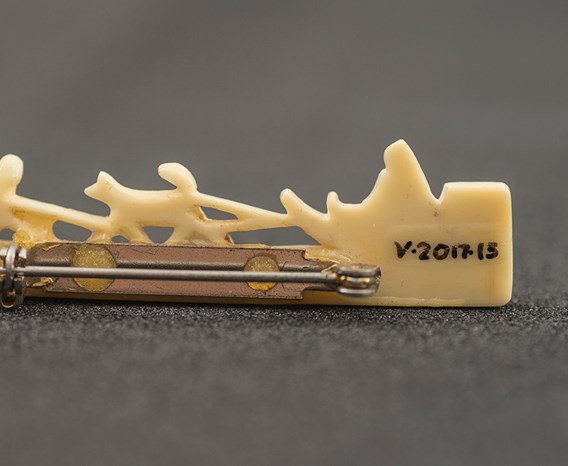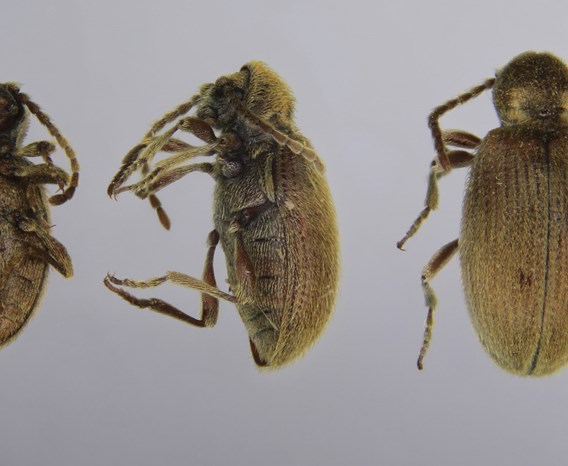It is important to use inert, chemically stable packing materials. This way you can be sure no chemical reactions will take place between the object and the packing material over time. Packing materials should be suitable for the object, cost effective and flexible for multiple uses. This way the same materials can be used across collections for numerous packing solutions.
Packing for short or long term should be considered. For example, using materials like bubble wrap can be an ideal way to provide temporary support and protection for transportation but should not be used long-term as the plastic will degrade over time.
National Museums Scotland have a standard range of materials we have identified as chemically stable, flexible and suitable for long-term use across collections:
|
Acid-free tissue
|
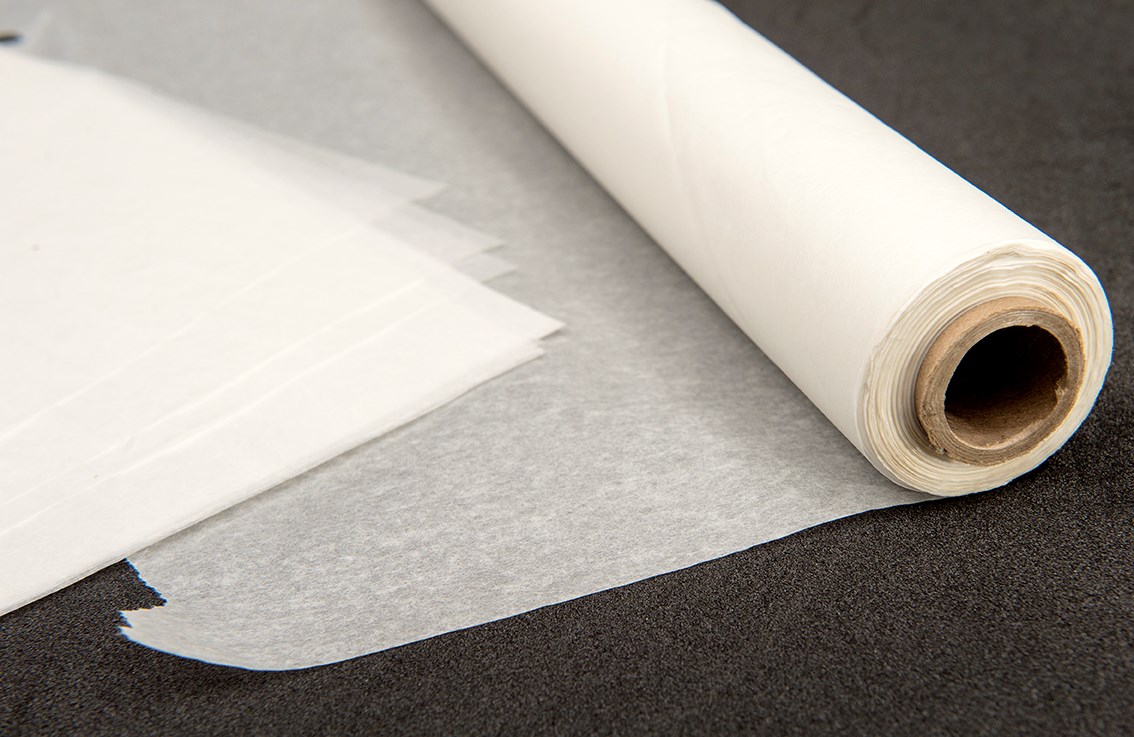
|
|
Acid-free board
|
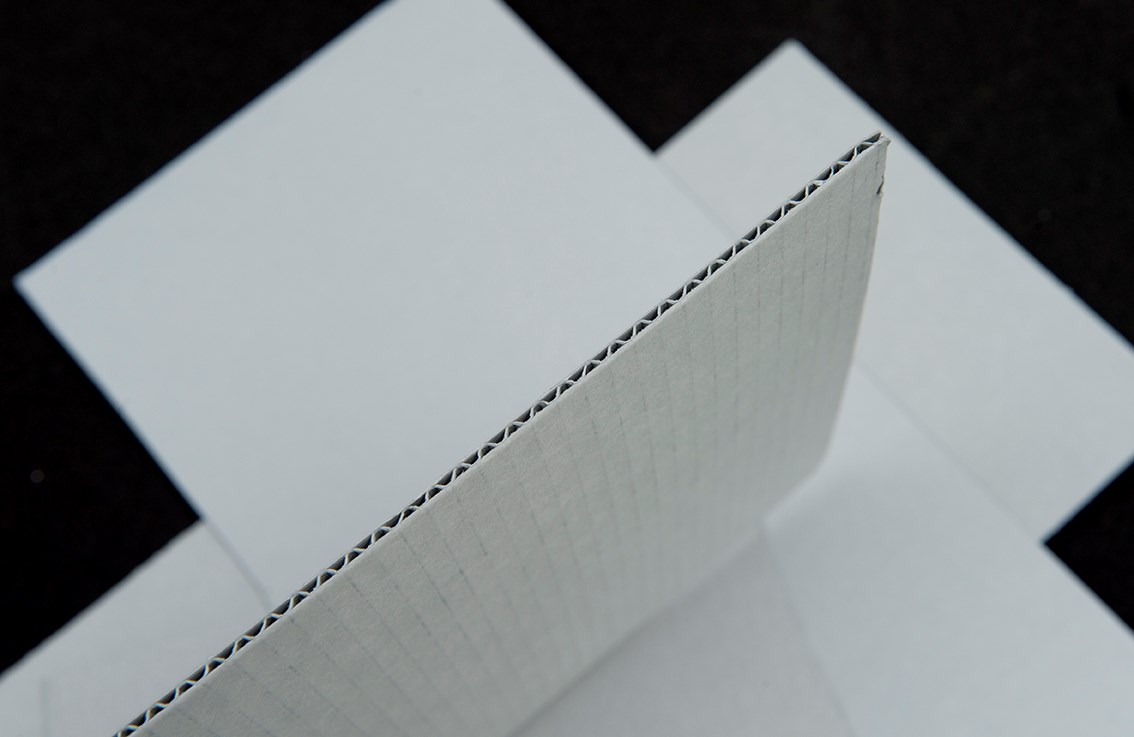
|
|
Plastazote® foam (closed cell, inert foam)
|
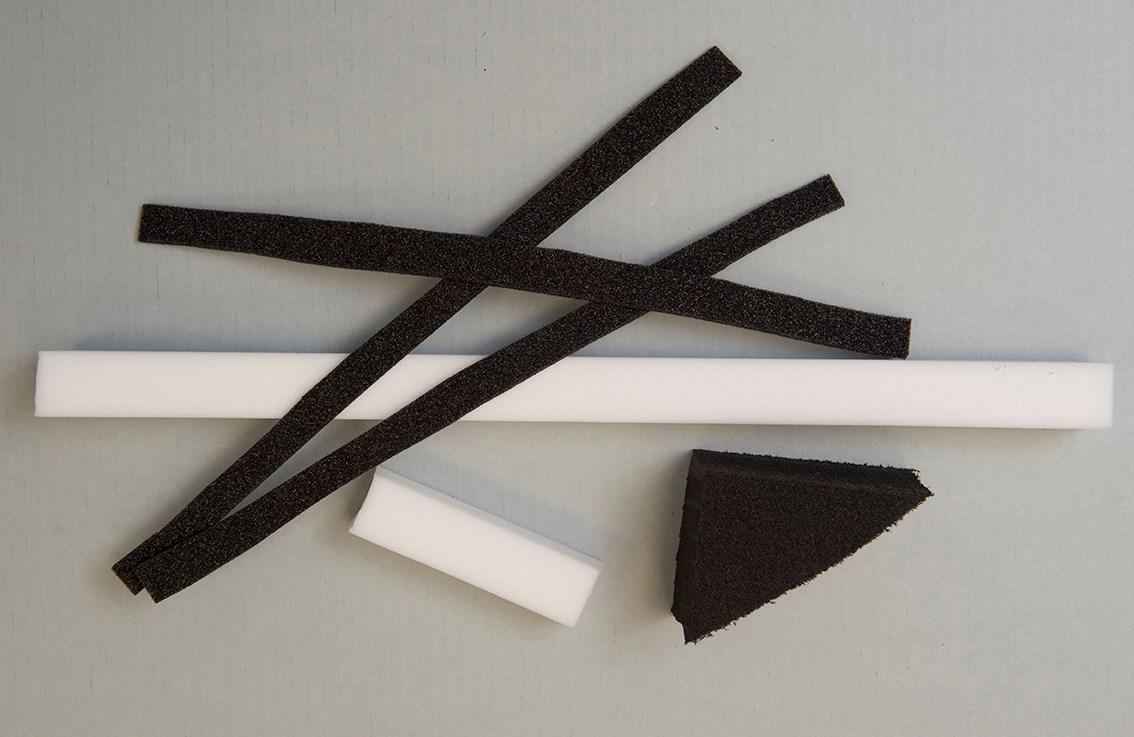
|
|
Polyethylene sheeting
|
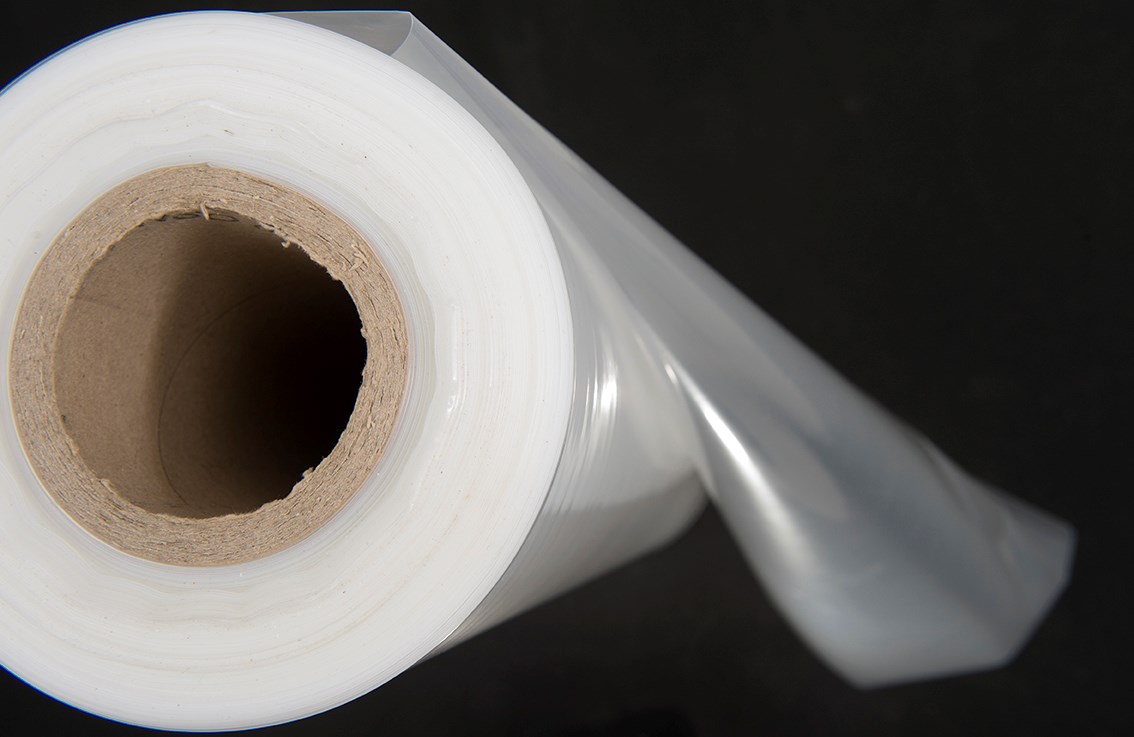
|
|
Polyethylene bags
|
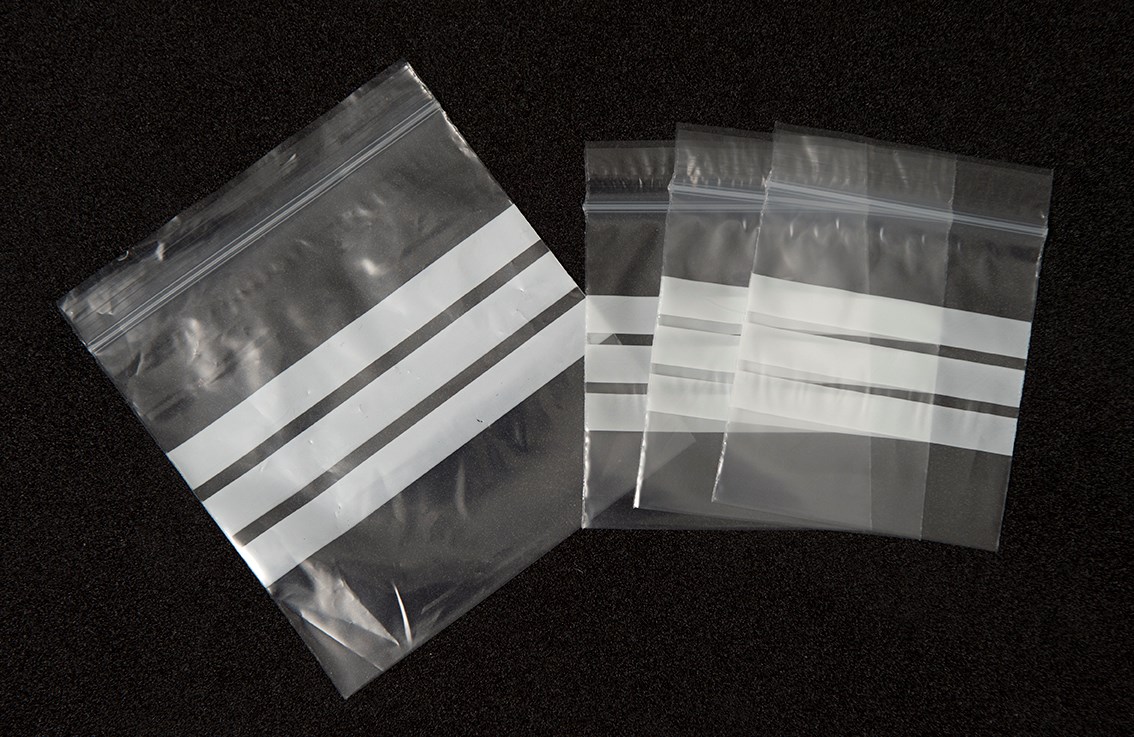
|
|
Tyvek® sheeting (synthetic material made of flash spun polyethylene fibres)
|
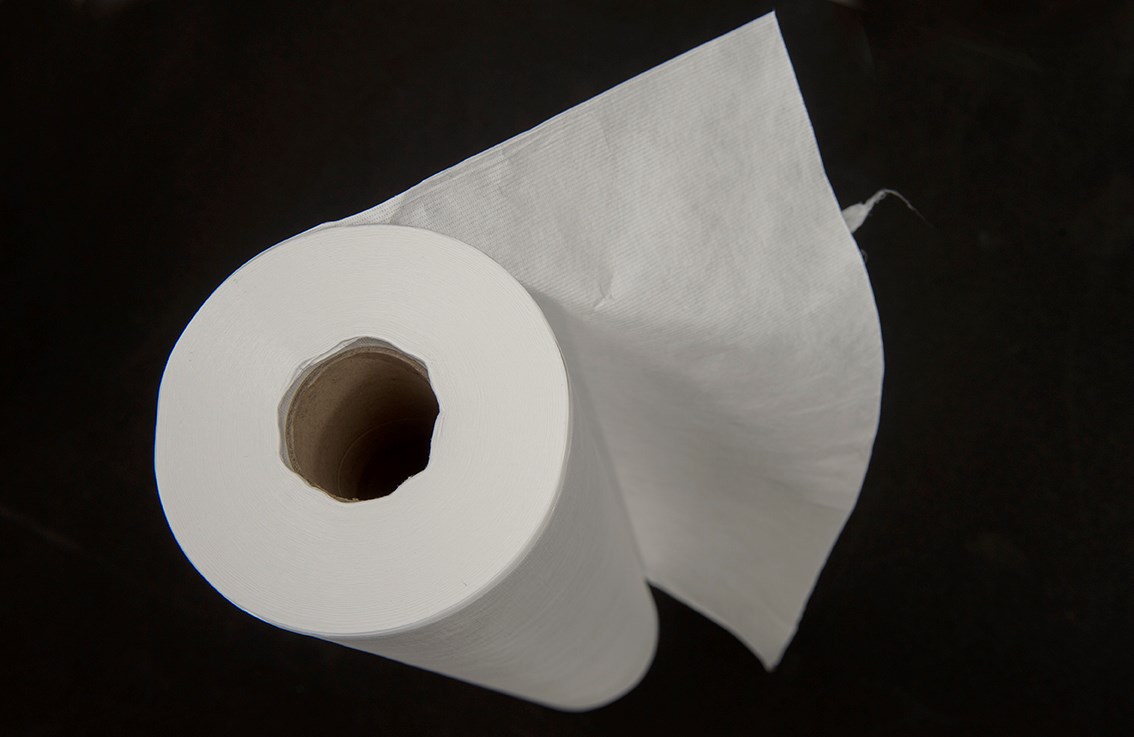
|
|
Stainless steel pins
|
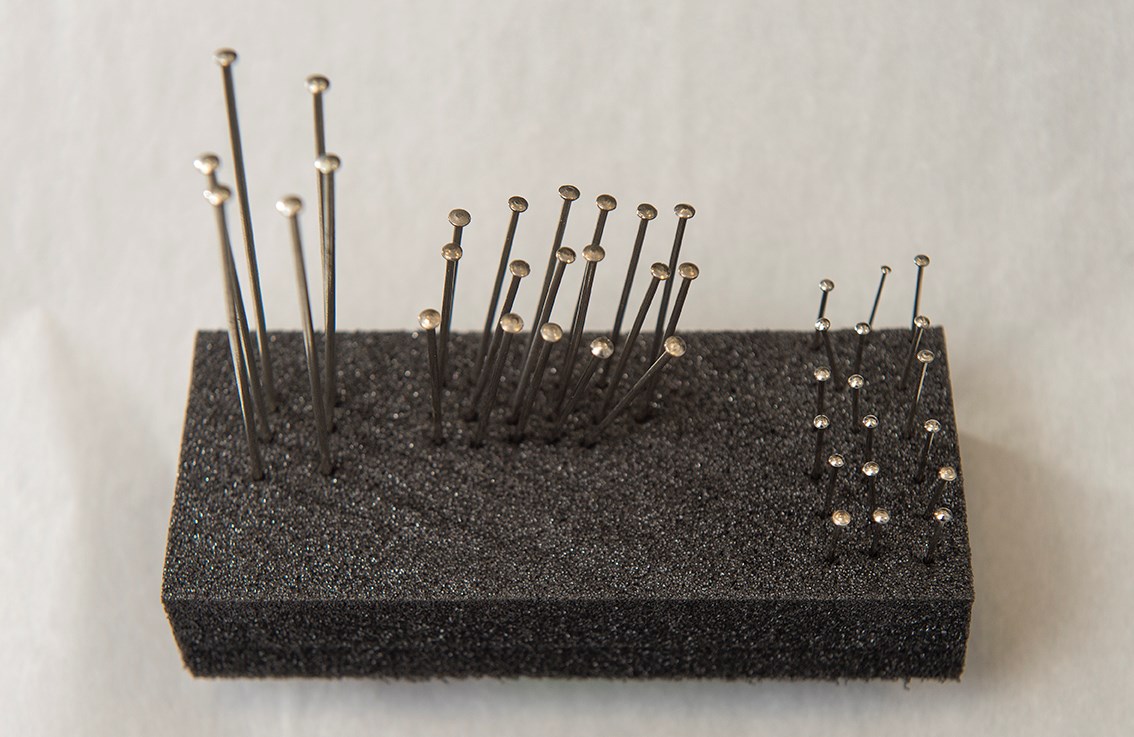
|
|
Unbleached cotton tape
|
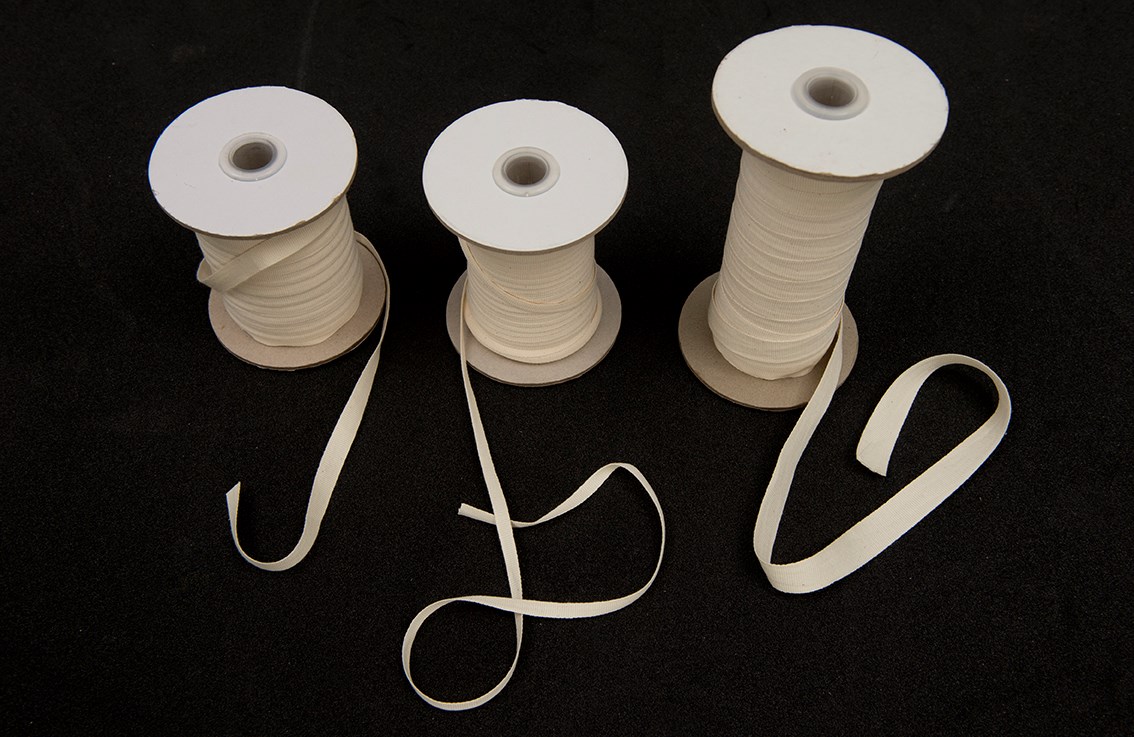
|
|
Correx® board (corrugated plastic sheeting)
|
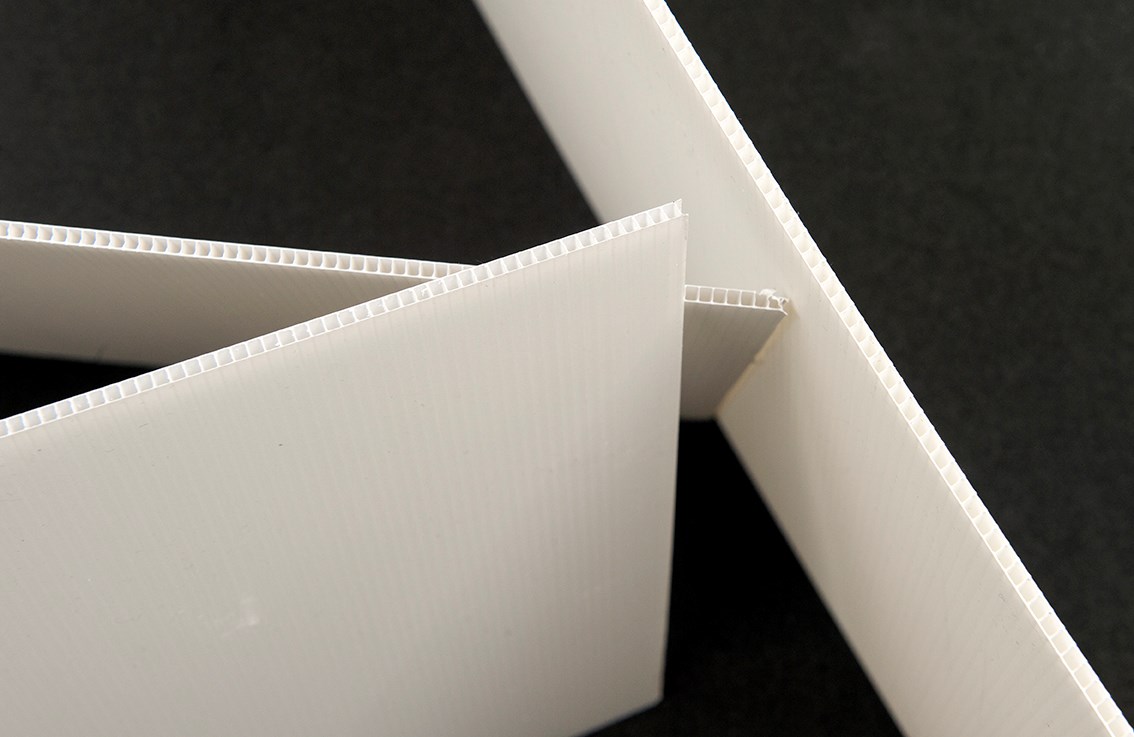
|
|
Melinex® envelopes (archival polyester clear sleeves)
|
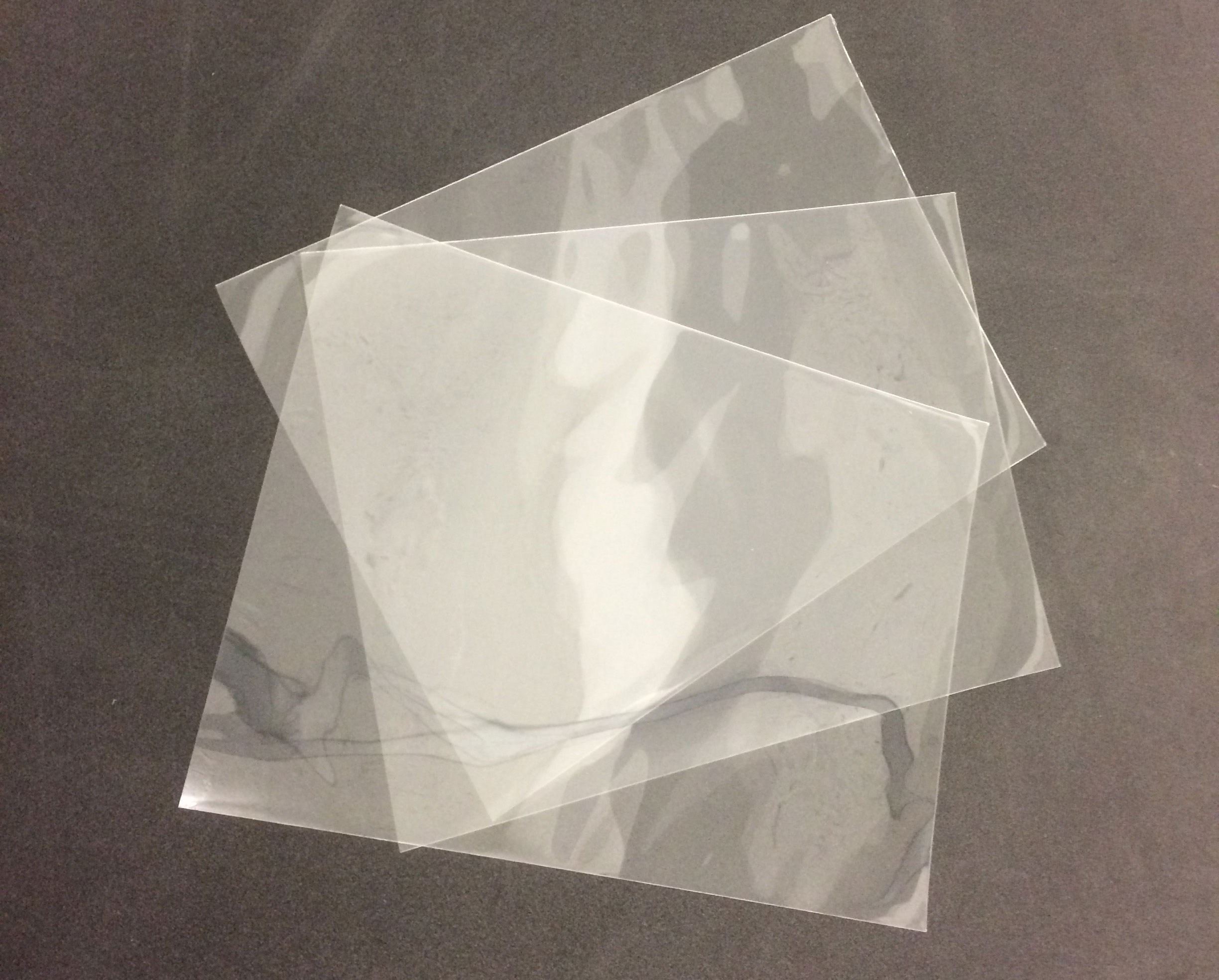 |
In addition, we use bubble wrap, jiffy foam and ordinary cardboard boxes and paper for short-term packing. But it is very important to be sure that the packing is only short-term. If using bubble wrap, make sure to have the bubbles facing outwards as pressed inwards they have been found to make impressions on several surface types.
Which materials to avoid
Avoid the use of polystyrene, newspaper, wool, felt, wood, tape and biodegradable materials in packing as they have the potential to degrade, release harmful gasses or transfer acidity to objects – all of which will damage collections. Organic materials like wool and felt can both off-gas and attract pests which will later go on to damage objects.
Re-use
Collections-appropriate materials can be expensive. For that reason, many of the methods described here are designed so that materials can be reused: clean tissue puffs can be checked for pests and reused; pinning set-ups can be re-cut and adjusted to pack other collections.
Soft-wrapping can be difficult to re-use depending on the tape used but the layers of jiffy and tissue can be reused to pack other objects or framed works.
Bespoke packing is the exception, being costly both in terms of time and money. It is advised these are used only when the object is particularly fragile, of special interest (consulted regularly) or subject to regular transit (ie, touring). It is in these cases that the additional expense may save time and money in the long-term.
Labelling
As mentioned above, a key aim of good collections handling is limiting the extent to which an object is handled. One way in which this can be achieved is ensuring an object is labelled within its packing, stopping the need to pick-up or unpack the object to identify it.
A further element of labelling, important to good collections packing, is the need to ensure labels guide the handler to the safest way to unpack the object (for example, instructions to unpin a particular block first). The packaging may seem simple and straightforward to you but remember it may not be to someone who comes to unpack the object in a few years time.
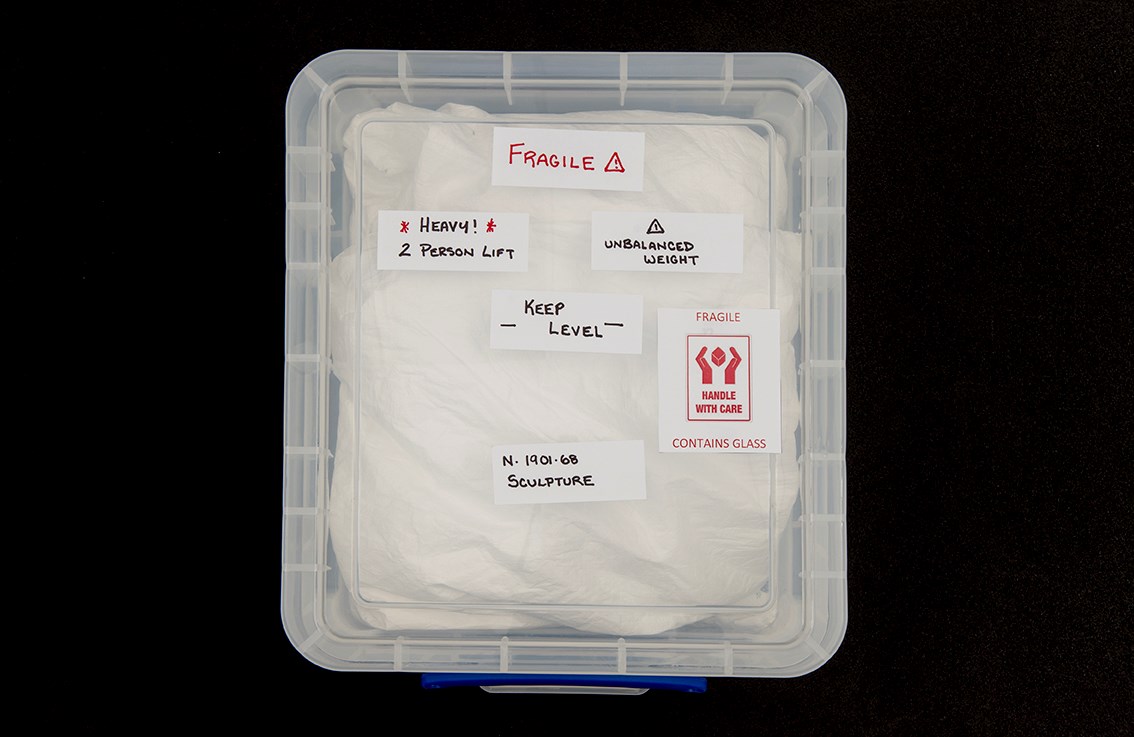
Packing labels to guide the handler

